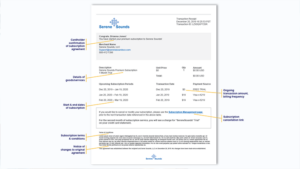Stop Disputes
in the
Pre-Dispute Opportunity Zone

What Are Chargebacks Costing Your Business?
Next Generation Post Purchase Solutions
Streamline the dispute process, prevent chargebacks, and protect against unnecessary fraud
PREVENT
Prevent disputes by connecting merchants to issuers providing customers with enhanced transaction detail in real-time, at point of inquiry to clarify confusion and prevent disputes.
RESOLVE
Resolve fraud and non-fraud disputes at the pre-dispute stage to improve the customer experience, control your dispute ratio* and help reduce overall risk.
RECOVER
Recover revenue otherwise lost to disputes with our dedicated team of specialists building and submitting compelling evidence cases on your behalf.
Watch our latest dispute resolutions webinar
Disputes are often underplayed as a business issue, with understaffed teams and responsibilities for dispute operations falling to a wide variety of teams. What if there was a solution to centralize and streamline your dispute operations? Watch our latest Verifi+ Session to learn more about disputes.


Get Our Latest Payments & Fraud Report
According to the 2025 Payments & Fraud Report, 47% of merchants believe transaction confusion is the driving cause of first-party misuse. Verifi’s Order Insight® provides the customer with enhanced transaction detail thereby reducing billing confusion and avoiding disputes.
Did You Miss It?

Webinar | Compelling Evidence 3.0 In Action
Issuers and cardholders access detailed purchase information from sellers via a global data-sharing network to prevent disputes at the customer’s first inquiry.

Blog | Jogging a Customer’s Memory to Prevent Friendly Fraud
Issuers and cardholders access detailed purchase information from sellers via a global data-sharing network to prevent disputes at the customer’s first inquiry.
